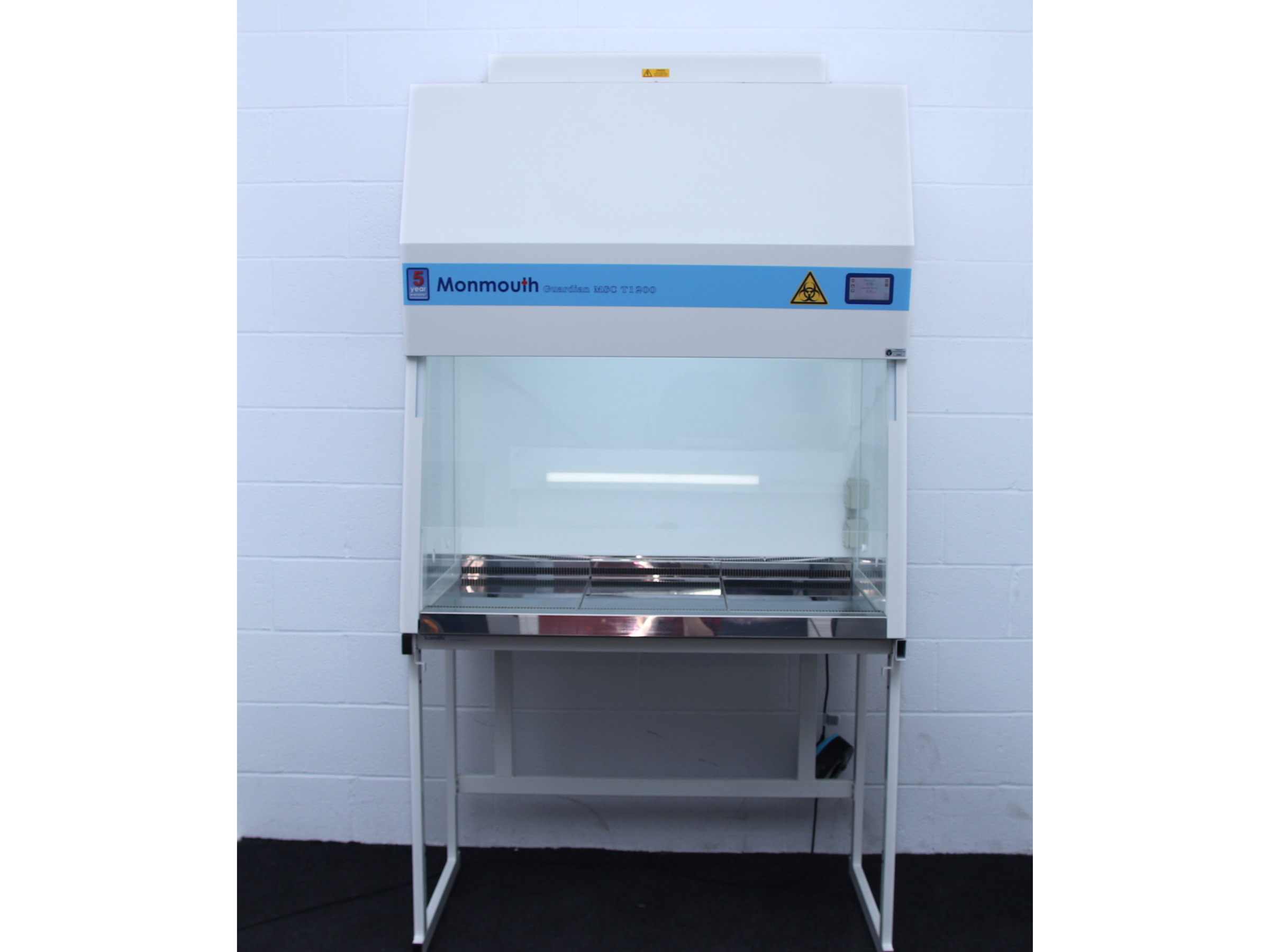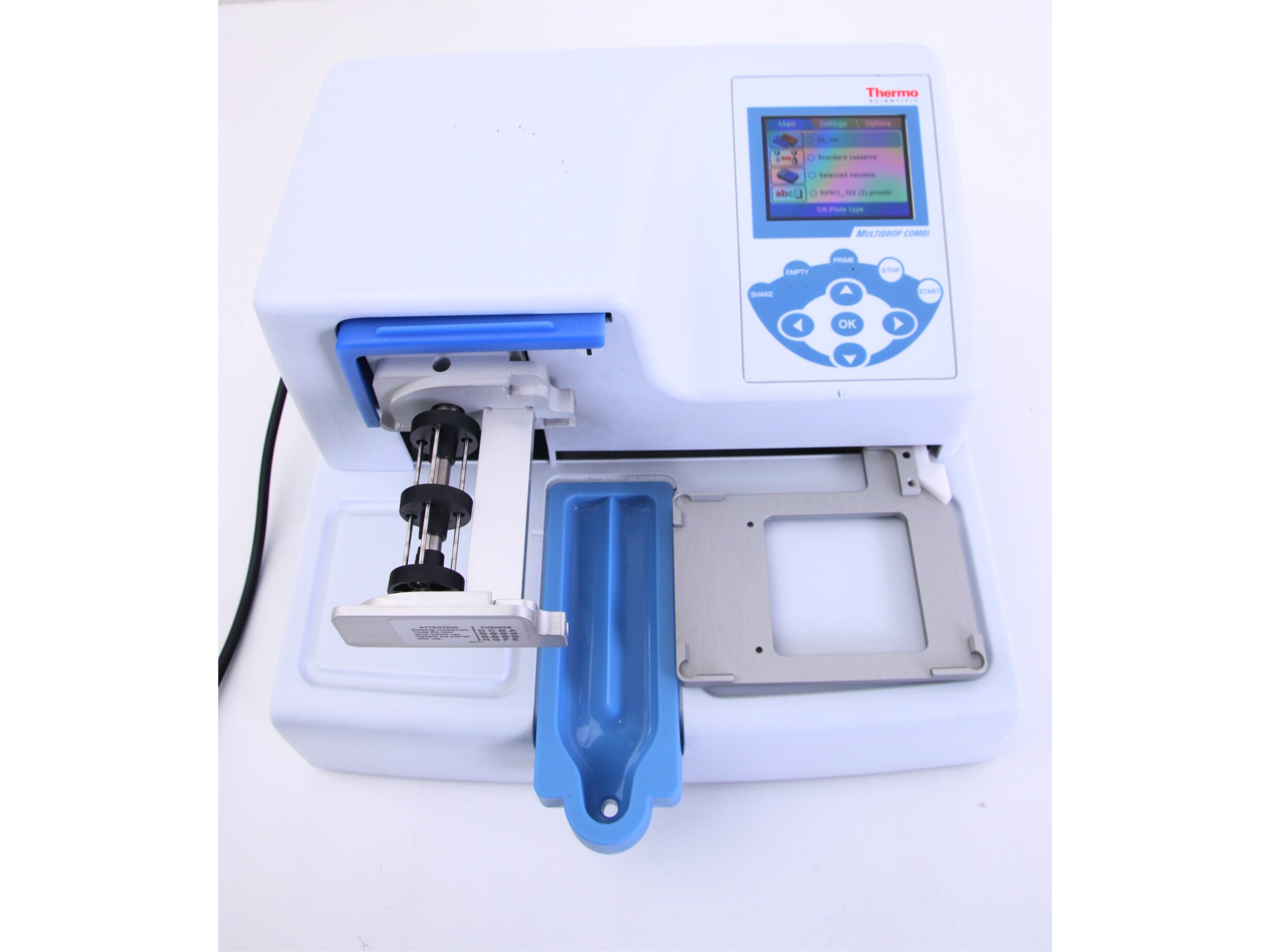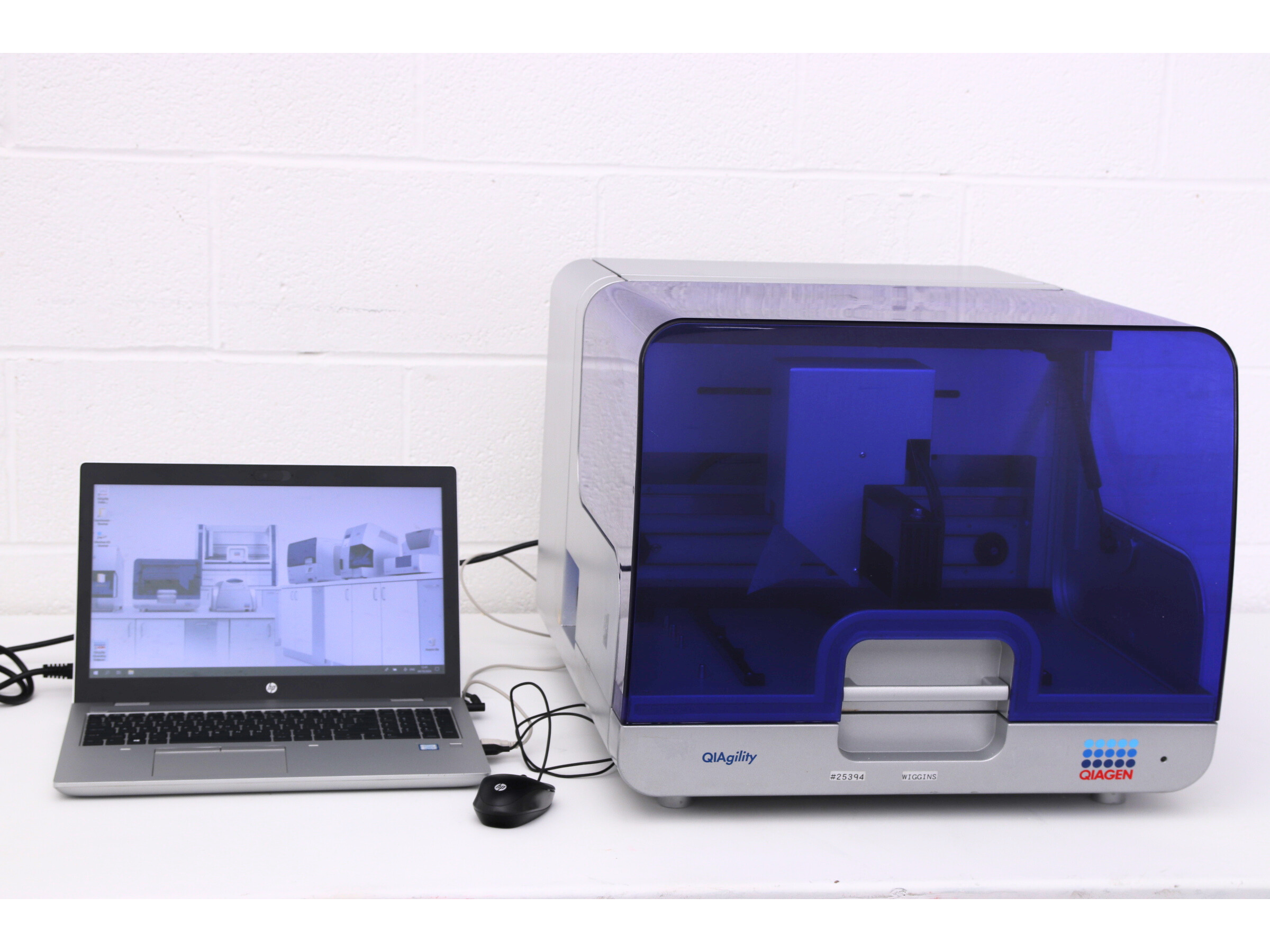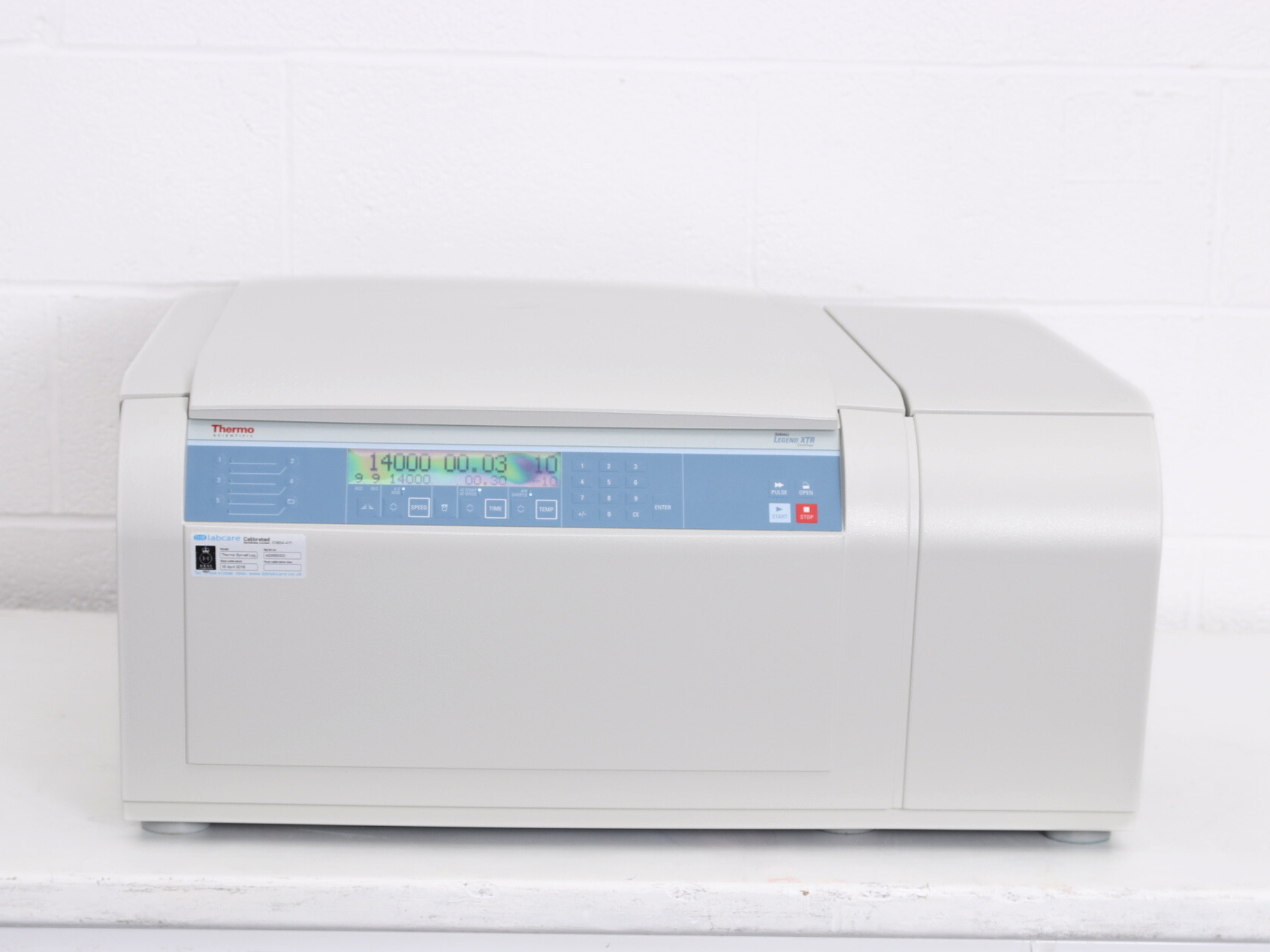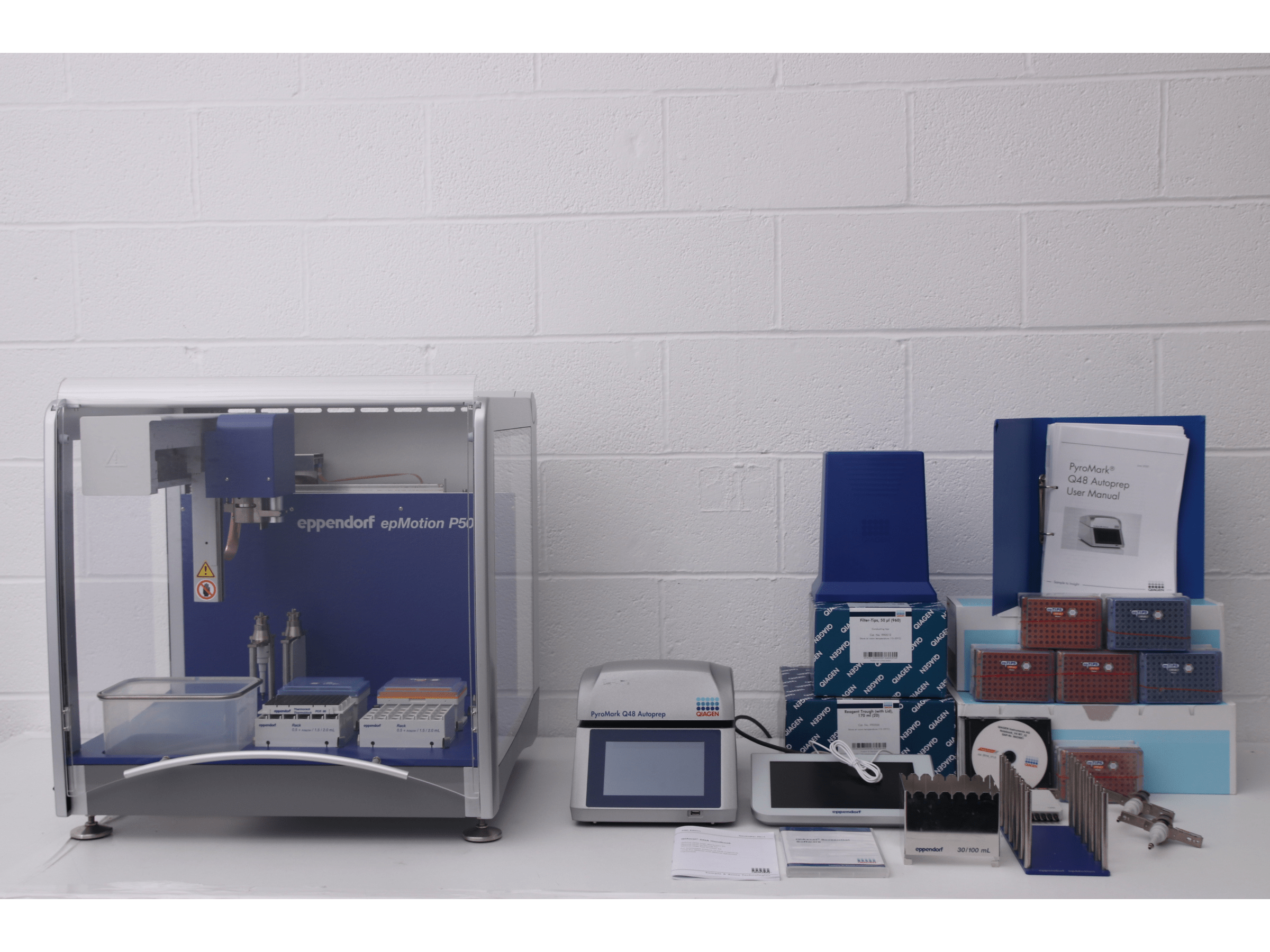A technology called functional near-infrared spectroscopy (fNIRS) can be used to objectively measure tinnitus, according to a new study*.
Tinnitus affects up to 20% of adults…
Tinnitus is defined as the awareness of a high-pitched ringing or buzzing in the ears or head, which is not from an external source. It is reported to affect up to 20% of adults and can highly impact their quality of life. When severe, tinnitus can be associated with depression, cognitive dysfunction and stress. According to a study*, 46% of UK sufferers have reported that their tinnitus has been made worse due to the impact of the COVID-19 lockdown. It is suggested that the individuals whose condition was worse affected may have been impacted by factors such as social distancing restrictions, employment changes, increased childcare and household responsibilities.
Considering the wide prevalence of this condition, it is surprising to learn that, at the time of the study, there was previously no clinically-used, objective way to determine the presence or severity of tinnitus. The primary aim of the study was to allow more accurate assessment of tinnitus. Ulitmately, it was hoped that the study would play an important part in measuring the effectiveness of potential treatments currently being developed.
The use of fNIRS
Functional near-infrared spectroscopy (fNIRS) is a type of functional neuroimaging technology. It offers a non-invasive, safe, portable and locw-cost method of direct and indirect monitoring of the brain. In this study, the researchers used the relatively new technique of fNIRS to measure changes in blood oxygen levels within brain tissue.
The team used the technique to track activity in areas of the brain’s cortex previously linked to tinnitus. This involved collecting fNIRS data in a resting state and in response to auditory and visual stimuli. Participants included 25 people with chronic tinnitus and 21 controls matched for age and hearing loss. All participants were asked to rate the severity of their tinnitus using the Tinnitus Handicap Inventory.
The use of fNIRS technology in this study revealed a statistically significant difference in the connectivity between areas of the brain in people with tinnitus, and those without the condition. Furthermore, findings showed that the brain’s response to both visual and auditory stimuli was somewhat dampened among patients with tinnitus. An interesting finding that should go far in assisting with further research.
The researchers analysed the data using a machine learning approach. A program could differentiate patients with slight or mild tinnitus from those with moderate or severe tinnitus with an 87.32% accuracy.
The findings of the study
The authors concluded the study by stating that fNIRS may be a feasible way to objectively assess tinnitus. It is thought that such a measure would greatly benefit clinicians and patients by providing a tool to objectively assess new treatments. Ultimately, even assist with patient treatment plans in the future.
The use of fNIRS offers many advantages in comparison to other imaging techniques. Ease of portability and lack of scanner noise mean this method is highly suited to eventual clinical use.
It is anticipated that the findings from this study will assist in identifying subtypes of tinnitus. Objectively assessing the effectiveness of tinnitus treatments whilst also helping to give a better understanding of brain networks involved in this condition.
To read about the study in more detail, click here.
Sources
- Tinnitus.org.uk
- Shoushtarian M, Alizadehsani R, Khosravi A, Acevedo N, McKay CM, Nahavandi S, et al. (2020) Objective measurement of tinnitus using functional near-infrared spectroscopy and machine learning. PloS ONE 15 (11): e0241695. doi.org/10.1371/journal.pone.0241695
See the current range of Used Spectroscopy Devices in stock and ready to ship.



